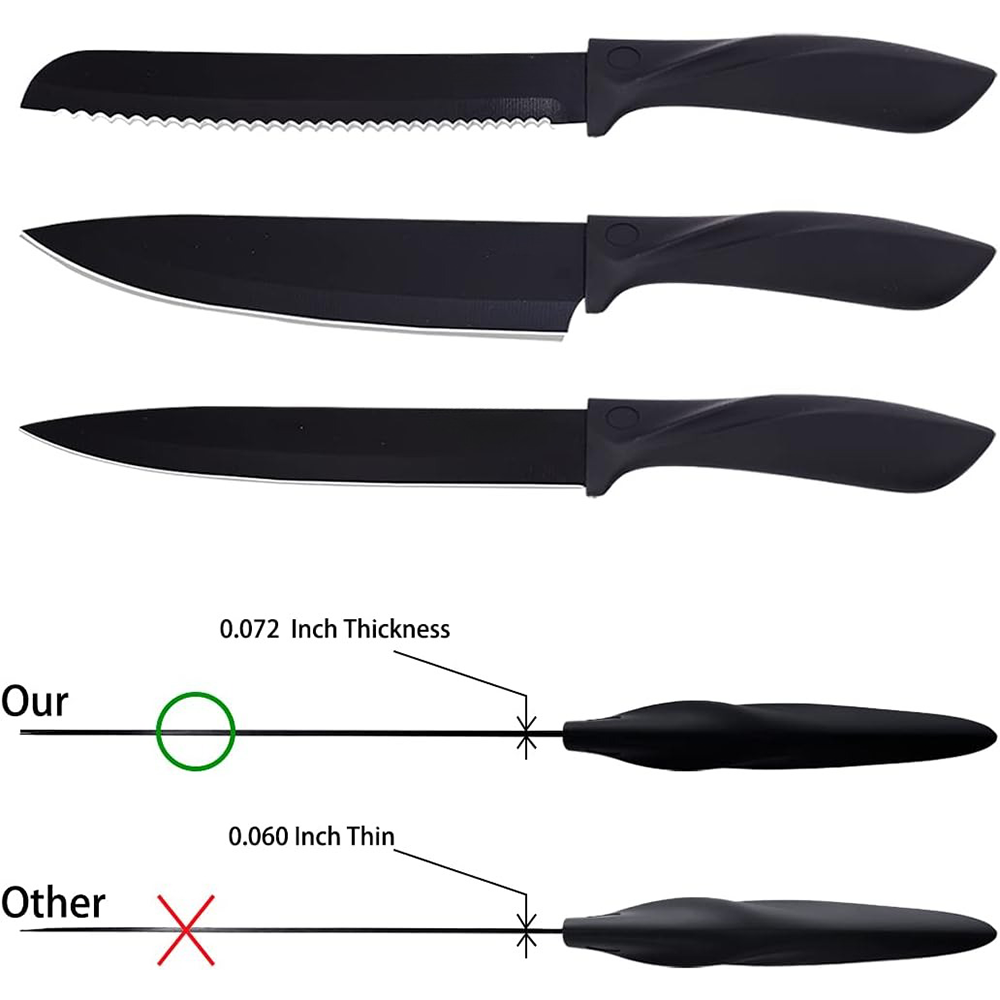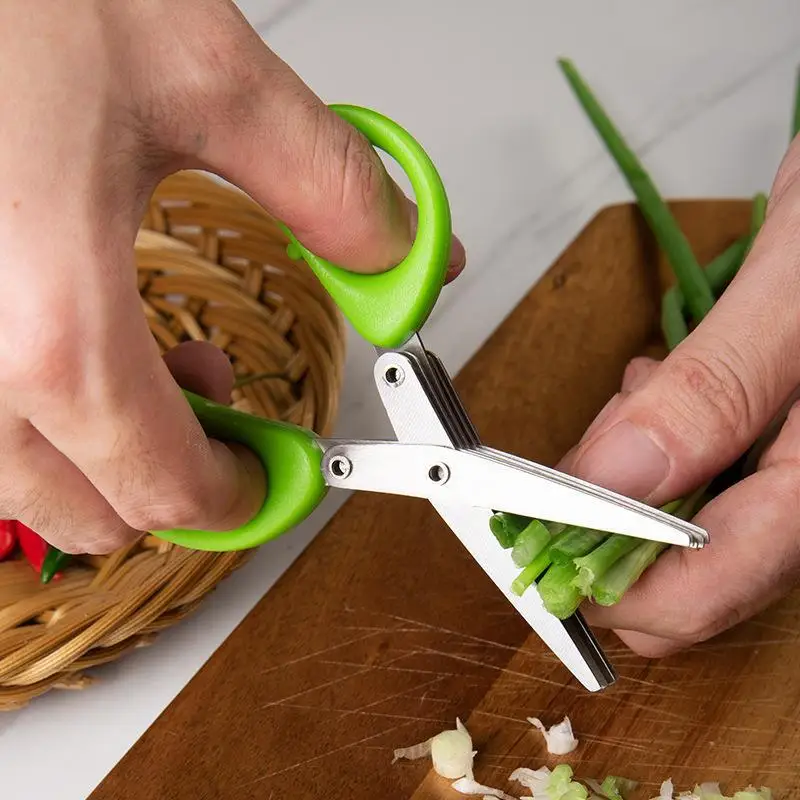 Introduction:
Introduction:
An exhaust fan for the kitchen plays a vital role in maintaining a clean and well-ventilated environment while cooking. By eliminating odors, smoke, heat, and excess moisture, these fans help improve air quality and ensure a comfortable atmosphere in the kitchen. In this comprehensive guide, we will explore the materials, types, functions, and characteristics of exhaust fans for kitchens. Understanding these aspects will enable you to make an informed decision when selecting an exhaust fan that suits your specific needs and enhances the overall air quality and ventilation in your kitchen.
Materials Used in Exhaust Fans for Kitchens
Stainless Steel:
Stainless steel is a popular material for exhaust fan components, as it is durable, corrosion-resistant, and easy to clean.
It provides a sleek and modern look, making it a desirable choice for many kitchen styles.
Plastic:
Some exhaust fans utilize high-quality plastic components that are lightweight, cost-effective, and easy to maintain.
Plastic fans are suitable for kitchens with low exhaust requirements or for those on a tighter budget.
 Types of Exhaust Fans for Kitchens
Types of Exhaust Fans for Kitchens
Ducted Exhaust Fans:
Ducted exhaust fans are commonly used in kitchens as they vent air outside through a series of ducts.
These fans effectively remove unpleasant odors, smoke, and excess heat from the kitchen, ensuring proper ventilation.
Ductless Exhaust Fans:
Ductless exhaust fans employ filters to trap grease particles, odors, and smoke before recirculating the filtered air back into the kitchen.
These fans are suitable when duct installation is challenging or not feasible, providing a more cost-effective alternative.
Functions and Characteristics of Exhaust Fans for Kitchens
Air Extraction:
The primary function of an exhaust fan is to extract air, removing unwanted odors, fumes, and grease particles from the kitchen space efficiently.
This extraction process helps maintain a fresh and clean environment while cooking.
Ventilation and Air Circulation:
Exhaust fans contribute to proper kitchen ventilation by enhancing air circulation, reducing humidity, and preventing the buildup of stagnant air.
Efficient air circulation helps prevent mold, mildew, and moisture-related issues, promoting a healthy atmosphere.
Temperature Control:
Exhaust fans aid in controlling the temperature in the kitchen by removing excess heat generated during cooking.
This prevents discomfort and maintains a pleasant cooking environment, especially during hot summer months.
 Benefits and Features of Exhaust Fans for Kitchens
Benefits and Features of Exhaust Fans for Kitchens
Improved Air Quality:
Exhaust fans significantly improve the air quality in the kitchen by removing cooking odors, smoke, and airborne particles.
This benefits individuals with respiratory issues and enhances overall indoor air quality.
Moisture Control and Mold Prevention:
Effective ventilation provided by exhaust fans helps control moisture levels, reducing the risk of mold and mildew growth.
This preserves the integrity of kitchen surfaces and prevents damage to cabinets and walls.
Noise Control and Energy Efficiency:
Some exhaust fans incorporate noise reduction features to minimize operational noise levels during use.
Energy-efficient exhaust fans utilize advanced technologies to reduce energy consumption and promote sustainability.
Maintenance and Care of Exhaust Fans for Kitchens
Regular Cleaning:
Regularly clean the fan blades, grilles, and housing to remove accumulated grease, dust, and debris.
Ensure proper ventilation and prevent reduced performance caused by clogged airways.
Filter Replacement:
Ductless exhaust fans require periodic filter replacement to maintain optimal functionality.
Depending on usage, filters should be replaced or cleaned as per the manufacturer’s recommendations to ensure efficient air filtration.
Professional Maintenance:
Schedule professional maintenance periodically to inspect and service the exhaust fan.
Professionals can identify any potential issues, perform necessary repairs or replacements, and ensure the fan operates at its best.
 Coordinating an Exhaust Fan for the Kitchen with Kitchen Design:
Coordinating an Exhaust Fan for the Kitchen with Kitchen Design:
Size and Placement:
Consider the size and placement of the exhaust fan to ensure it aligns with the overall kitchen design. Choose a fan that fits proportionally with the size of the cooking area and complements the surrounding cabinetry or appliances. Place the fan in a location that is convenient for effective ventilation without obstructing other elements.
Style and Finish:
Select an exhaust fan that matches the style and finish of the kitchen design. Options include stainless steel, brushed nickel, or various colors to blend seamlessly with the overall aesthetic. This coordination ensures that the fan becomes a cohesive part of the kitchen rather than standing out as an eyesore.
Integrated Lighting:
Some exhaust fans come with integrated lighting features. Consider choosing a fan with built-in LED lights that align with the kitchen’s lighting scheme. This integration not only promotes a coordinated design but also enhances visibility and ambiance in the kitchen area.
Customizable Options:
Explore customizable options for exhaust fans. Some manufacturers offer the ability to tailor the design elements such as fan blades, controls, and interface to match the kitchen’s design theme. This level of customization allows the exhaust fan to blend in seamlessly with the other design components.
Concealed Installation:
For a more discreet appearance, consider options for concealed installation. This can involve integrating the exhaust fan into kitchen cabinetry or using a downdraft fan that lies flush within the countertop when not in use. This approach maintains a clean and uncluttered aesthetic when the fan is not actively venting.
By carefully considering the size, style, finish, lighting, and installation options of the exhaust fan, it can be seamlessly integrated into the kitchen design. A harmonious coordination ensures that the fan becomes a functional and aesthetic asset instead of an intrusive element in the overall kitchen space.
 Conclusion of exhaust fan for kitchen:
Conclusion of exhaust fan for kitchen:
An exhaust fan for the kitchen is a crucial component that enhances the air quality, ventilation, and overall comfort of the cooking space. By effectively removing odors, smoke, heat, and excess moisture, these fans create a healthier and more enjoyable environment for culinary activities. Consider the materials, types, functions, and characteristics that best suit your specific kitchen requirements. Regular maintenance, including cleaning and filter replacement, is essential to ensure optimal performance and longevity of the exhaust fan. Embrace the benefits of an exhaust fan and create a fresh, clean, and well-ventilated kitchen space that promotes a pleasant cooking experience for you and your loved ones.



